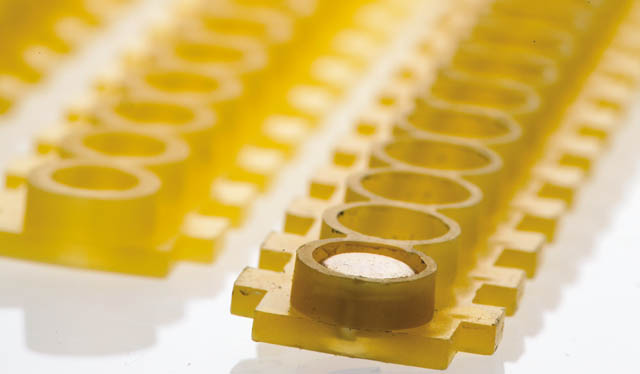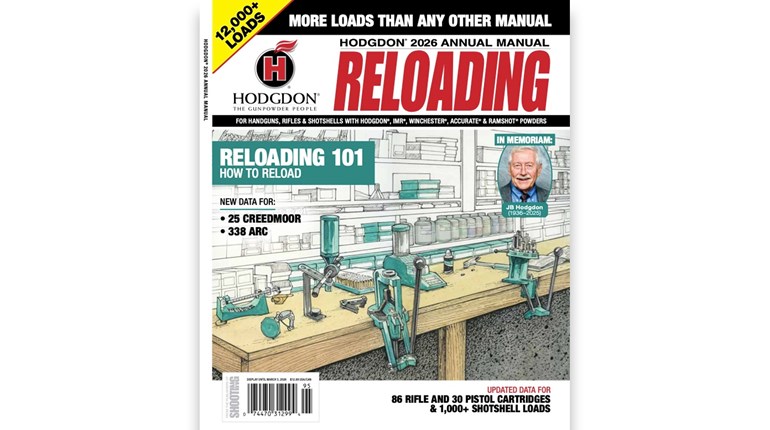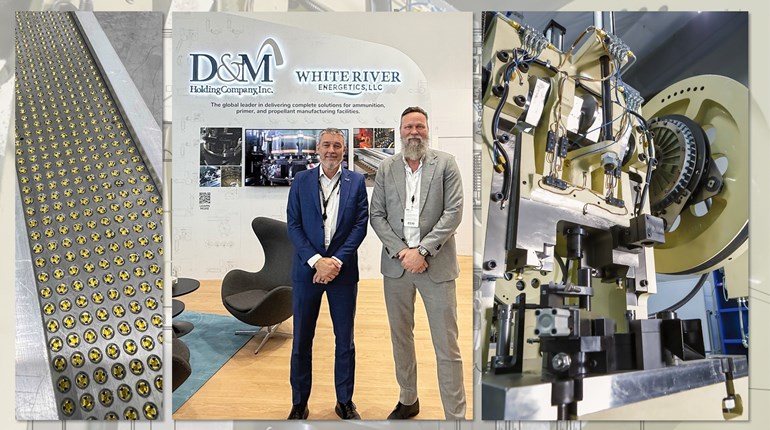
Finally, the melody slips away until something happens and it pops up, again. At least once a week someone will ask me, "Where have all the primers gone?" When they do, Paula Cole's 1997 single, "Where Have All the Cowboys Gone" gets stuck in my head. I can't help it and I can't stand it any longer! In an effort to protect my sanity, I'll try to explain where all the primers have gone.
The short answer is: you're buying them. After my reloading seminar at the 2009 NRA Annual Meetings, an attendee told me, "I can't find primers anywhere. I bought 100,000 before Christmas, but haven't seen any since." Before you write in complaining that I'm against someone buying all the primers they can find, I'm not. I'm just trying to get a song out of my head.
Hoarders are not the only cause of the great primer disappearance. Every round of centerfire ammunition has a primer in it. Right now manufactures are loading a lot of ammunition, and guess what? You're buying it, too. According to Remington, "All manufacturers have been utilizing their primer manufacturing capacities for their own loading operations in order to meet unprecedented consumer demand for factory-loaded ammunition." The consensus is that you won't see a change in primer availability through 2010. Manufacturers are making ammo almost as fast as you're buying it.

So what is a handloader to do? What if you can't find Federal 210 Primers anywhere? What if your favorite handload calls for standard primers and all you have are magnum primers? What if, like me, you always show up at the gun shop the day after they sold the last box? There are options.
If you generally load your .308 Win. with Federal 210 Primers, but all you can find are Remington 91⁄2 primers, use them. Winchester discourages switching components, but according to Remington, "Primers of the same type from other manufacturers may be substituted, however a 10-percent reduction of the powder-charge weight from the published recipe is recommended as a starting point when substituting primers."
I've substituted primers many times, and not only because I did not have the primer for which the data specifically called. Once, when trying to make a stubborn .257 Roberts shoot, I switched from Federal 210 to Remington 91⁄2 primers and the rifle turned into a tack-driver. Just remember: reduce starting powder-charge weights by 10 percent and cautiously work back up to maximum velocities, looking for signs of high pressure along the way.
If you can't find standard primers, use magnums. I know you're thinking this can't be safe. According to Remington, "Magnum primers may be substituted, again a 10-percent reduction in published load recipe should be used as a starting point when the magnum primer is used in a load originally worked up with a standard primer." I typically use magnum primers in the .308 Win. with Ramshot TAC powder, even though the data calls for standard primers. But don't expect things to stay the same when you swap. You may find a shift in point of impact, better or worse accuracy or that a maximum load with the magnum primer uses less powder.
What about rifle primers in pistol cartridges or vice versa? Hornady, Remington and Winchester all take the position that you should never interchange rifle and pistol primers. According to the ammo technicians at Remington, "Never substitute primers that were originally designed for rifle applications in handgun loads and vice versa…interchanging them could result in primers firing when they are being seated or misfires." Steve Johnson at Hornady told me, "The diameter and depth of the primer pocket is what determines what primer will work properly. A small pistol primer will seat too deep in a small rifle primer pocket and may not go off due to a light strike. Pistol primers are shorter than rifle primers, [this is] true of both large and small primers. A small rifle primer in a small pistol pocket will end up being above flush with the base of the cartridge."
Just before I beat this article into my computer, I went on the Internet looking for primers. The second source I checked, Natchez Shooters Supply, had them. The bad news was it limited individual orders to 500 primers. Many online retailers will let you subscribe for notification when they have primers in stock. You could also slip the clerk at your gun shop $20, give him a wink and say, "How about stashing 1,000 primers in the back for me when they come in?" It might work. Of course, he might ask for $50.
One thing should be clear and must be stressed: When swapping primers and working the velocity back up—either from your previous load or to the velocity the loading manual—you're going to need a chronograph and you're going to need to know how to detect high-pressure signs and be on the look out for them.
Now, hopefully, I'm done with Paula Cole and her whiny cowboy song. You can help my recovery by sharing this article with your friends and telling them to subscribe to Shooting Illustrated.
Oh yeah, if you have any primers you want to sell…




































